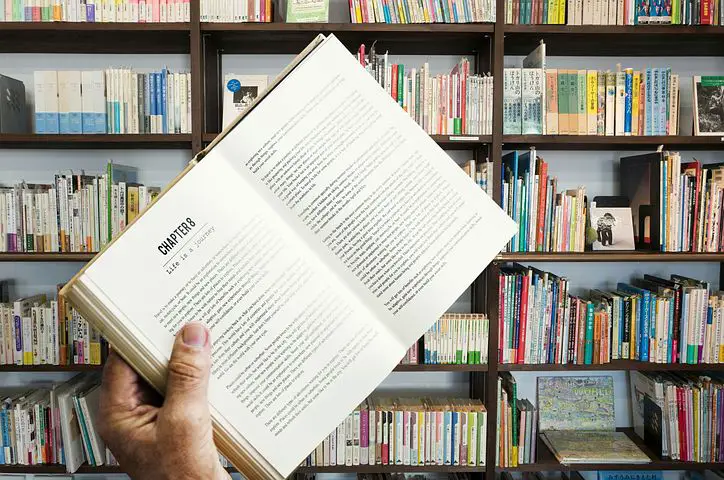Summary
The poem ‘The Darkling Thrush’ is a famous nature lyric composed by Hardy. It is composed at the turn by of the century. In this poem, the poet points out man’s inability to share the happiness of a bird singing in winter.
In this poem, Hardy depicts the early 20th century as a period of darkness and suffering. The description of the winter season in the first stanza as a background to the sufferings of man during this period. The ghost-like frost, the dregs of winter, the tangled bine-stems etc. represent the sufferings of man in this age.
In the second stanza, the poet describes the landscape. The scene of the landscape is also lifeless and fervourless. It stands for the gloomy and nervous life of the man at the turn of the century.
In the third stanza of the poem, we see the thrush bird sitting on the branch of a tree and singing a song. With its full-hearted song, the bird tries to cheer up the surrounding. It tries to put an end to the growing gloomy atmosphere. The pleasant and cheerful mood of the old bird is important here.
In the last stanza, the poet describes the inability of man to share the pleasure of the bird. The song of bird does not make any effect on his mind. He does not have the ability to share the joy of the bird. It shows the unhappy state of mankind. It also displays the isolation of mankind from Nature.
Appreciation
“The Darkling Thrush” is one of the most well-known Nature poems of Hardy. It is composed in the form of lyric. In this poem, the poet shows his inability to share the happiness of a bird singing in winter.
We can look at this poem as a Nature poem. The depiction of the bird thrush, the winter season, its surrounding etc. remind us of some other Nature poems in English poetry. In this regard, we mainly remember P.B. Shelley’s ‘To a Skylark’ Joha Keats’ ‘Ode to a Nightingale’ and Mathew Arnold’s ‘Dover Beach’.
It is a short poem. It consists of four stanzas of eight lines each. In a group of every four lines, we see the arrangement of one set of end-rhyme. The rhyme scheme of the poem is abab cdcd, efef ghgh, ijij, klkl, mnmn opop.
Hardy composed this poem at the turn of the century. He finds this period as a period of darkness and suffering He experiences faithlessness caused by science and rationalist philosophers. For him both the earth and the century are dead.
“The land`s sharp features seemed to be
The century‘s corpse out leant
His crypt the cloudy canopy
The wind his death lament.”
The Nature depicted in the poem no more tries to cheer up the human life on the earth. She doesn’t encourage men for enjoying this life. On other hand, Nature is wiping out all the signs of joy and happiness of life :
“The ancient pulse of germ and birth
Was shrunken hard and dry
And every spirit upon earth
Seemed fervourless as I……………..”
Amidst this horrible and desolate wintry surrounding, the bird, the dark thrush starts to sing by sitting on a branch of the tree. The bird starts to sing in a full-hearted force. It expresses its boundless joy through the song. Even though it is an old bird, a delicate weak and small one, it tries to fill up the whole air and surroundings with its cheerful and pleasant sound. It tries its best to cheer up human life. It tries to bring happiness to every element on the earth. In the following lines the poet has depicted the limitless joy of the bird :
“In a full-hearted evensong of joy illimited.”
However, the blessed sound of the bird is no more effective here. Even though the bird tries to cheer up the world with its sound, the human beings on the earth including the poet are unable to share the feelings of love and joy aroused by the bird through its song. The poet finds both the earth and the century as dead and desolate. They are unable to feel the joy of Nature :
“Some blessed hope, whereof he knew And I was unaware.”
Here we see the example of the communication gap between man and Nature. Man is cut off from Nature and her pleasure and hence he is frustrated and unhappy. He has lost the power of feeling the joy of Nature. It is but his isolation from nature.
This poem is rich in the use of imagery. The imagery used in the poem shows man‘s isolation and loneliness. The images of Nature like spectre-grey frost, winter‘s dregs, the weakening eye of day and ‘the tangled bine-stems scoring the sky like strings of broken lyre‘ create the picture of adverse and hostile Nature from which mankind is isolated and severed :
“And all mankind that haunted nigh Had sought their household fires”
No doubt, the poem is about the dark thrush who tries to revive happiness on the earth but Hardy here points out that man does not have that luck to share the happiness of Nature as a result of which he gets isolated and suffers from frustration and misery.

